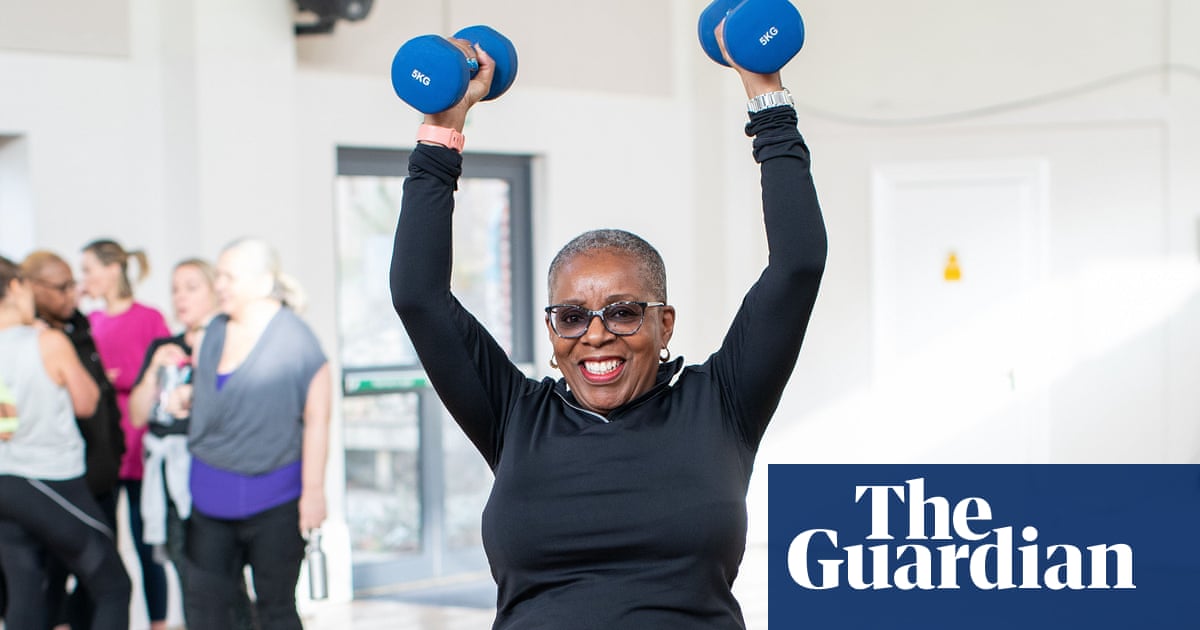
Body shaming – it wouldn’t be a British summer without it. It’s that time of year when you can’t move for media images of famous people, generally women, in their swimwear, prompting inevitable public commentary. Is she wearing a bikini? At her age? At that weight? Shouldn’t she be in a one-piece? Isn’t it all a bit undignified? On and on it goes. There are vested interests in making those near-naked bodies feel as if they’re your business.
In these scenarios, the paparazzi’s cameras aren’t interested in sexualising their female quarry. Evidently, the brief is to make them look frumpy, out of shape, and past it. Especially if they’re in a skimpy bikini, and they have the audacity to be north of 40, over a size eight, or simply happy in their own skin.
Then the long lenses come out with a vengeance. Scanning stomachs for signs of droop. Zooming in on buttocks to catch high-definition sag. If imperfections aren’t there, make it look as if they are. (The right angle can make a nymph resemble a Minotaur.) Great if they’re on a yacht, looking rich (as ever, part of this is Them & Us bingo). Best of all, if they’re clad in a bikini, completely oblivious to the cameras. Bending over to lay towels. Twisting to apply sun lotion. Heaving themselves clumsily out of the water. Slumping without a thought for stomach rolls. Basically, a million miles away from red carpet perfection. These are the money shots. The photos people really want to see. Then again, do we?
Call me a sun-shirking old goth, but I have scant interest in anyone’s choice of swimwear, or how they look when they’re trying to rub factor 30 into their calves. What’s interesting is this annual gala of female humiliation – the cyclical viciousness of it all. In one recent article, bikini shots of supermodel Kate Moss holidaying with her daughter, Lila, and friend, singer Rita Ora, could not pass without the subject of Moss’s age (she turned 50 in January), being prominently displayed as if she’d committed a terrible faux pas. Elsewhere, wearisomely spiteful shots of Rod Stewart’s wife, Penny Lancaster, in her bikini were accompanied by the usual sycophantic, faux-celebratory headlines, slyly nudging readers to disagree.
You’d think that Hamlet got it wrong: to wear a bikini, or not to wear a bikini, that is the question
Why is bikini season open season on women? Paparazzi are a fact of celebrity life, but summer after summer, it’s become normalised to flood the media with images of people on private holidays, with unspoken permission to pass comment on whether their bodies are up to apparently unreachable standards.
Women don’t exclusively own body issues (regarding the Paris Olympics, it seems some male athletes have inspired a fair degree of inadequacy in men). Still, the summer takedown photo-dump appears to be a media phenomenon that’s almost entirely devoted to women. You might get the odd beach shot of a famous male looking paunchy in flip-flops, but as yet, there isn’t a dedicated wing of popular culture telling men they’re too old for their Speedos.
All this is connected to the generalised policing of female bodies, which, just like the old-style Miss World contests, has a designated swimwear section. Look at certain sectors of the British media during summer, and you’d think that Hamlet got it wrong: to wear a bikini, or not to wear a bikini, that is the question. If ordinary women aren’t being lectured on the swimwear they “need” for their body shape, they’re being hounded into “age-appropriate” one-pieces. One suspects most women do as they please and tell the cossie-Stasi to go suck on their spaghetti straps, and good for them.
As for the celebrity photos, I’m all for harmless snark, but too often you sense a layer of toxicity bubbling beneath: a determination to humble and humiliate. Then, there’s the cultural dissonance. Years back, there was a huge national conversation about the influence of magazines over young impressionable brains, taking in airbrushing, objectification and promoting unrealistic beauty standards.
With much of the focus on magazine/fashion culture, traditional media became sidelined, when maybe it shouldn’t have been. If it’s unrealistic to push unusually thin, toned, flawless people at readers, isn’t it equally unrealistic to present a perfectly good, if not pretty great, female body, oblivious to the cameras, doing ordinary holiday things, and push for it to be ridiculed and derided?
Nor is there any sign that vulnerable young brains have stopped being porous and susceptible. A recent Australian study suggested that watching less than 10 minutes of TikTok videos focusing on “pro-anorexia” content, and promoting food disorders, could be enough to negatively impact a young woman’s satisfaction with her body.
Evidently, negative messaging is still sinking in, deep and fast. With this in mind, what messages are the summer photos of celebrities sending out? Don’t get older, don’t get larger, don’t have kids, don’t have fun. If you dare to do any of these things you risk being publicly mocked and criticised.
In recent times, the phrase “bikini ready” (the dark art of nagging women into peak summer fitness) received a well-overdue thumping. Yet, in a way, aren’t sectors of the British media “bikini ready” – not to wear bikinis, but to attack famous women who do? It could be time to stop shrugging off this strange, malicious summer ritual – to understand that the “public property” argument doesn’t really work when people are on private holidays, and half-naked with it.
Time maybe to ask – does summer always have to be the shaming season?
Barbara Ellen is an Observer columnist












